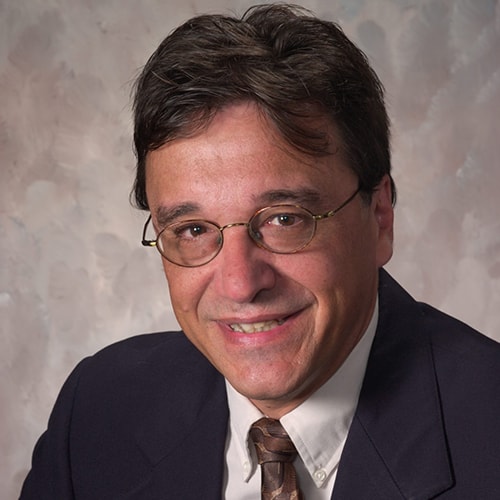Tom’s Story
Seven years into retirement, life was good. Family, home, pension and time to pursue activities that had long interested me. While friends were playing golf, I was pursuing a second BA at the University of Minnesota carrying a 3.98 GPA. As the world grappled with the COVID-19 pandemic, my personal roof caved in when on Labor Day 2020, I was diagnosed with advanced stage three non-small cell lung cancer which had metastasized throughout my clavicular lymphatic system. Fortunate enough to live relatively close to the Mayo Clinic, the diagnosis process and treatment began just 72 hours after my initial phone call. My biopsy showed a PD-L1 expression of 100% indicating an extremely high probability of immunotherapy success.
After the first four full treatments my tumors shrank between 75 and 85%. The game isn’t over yet but at the end of three quarters we have a lead on cancer and we’re eyeing victory.
Questions and Answers
How and when did you first learn you had cancer?
If I wasn’t a somewhat inept DIYer, I never would have known I had advanced stage 3 non-small cell lung cancer. While waterproofing my deck in the summer of 2020, I took a tumble and put a sizeable gash in my head. A trip to the ER followed where the doctor suggested a head and neck CT scan to check for additional damage. The CT did not reveal any other damage, but the neck image showed a small, irregular nodule in my lung. A few days later a PET scan discovered the true extent of the damage: the small lung nodule has metastasized–exploded, really–into my clavicular lymphatic system and was estimated to be advanced stage three adenocarcinoma.
How did you learn about immunotherapy and why did you decide to do it?
Fortunate enough to live an hour and twenty minutes from Mayo Clinic, my case was fast tracked, and tests for possible targeted therapy and immunotherapy commenced the very next day. My biopsy revealed a PD-L1 expression of 100%, so when my targeted therapy tests showed negative results, I was having my first immunotherapy session later that same week.
My diagnosis was October 2 and my initial consultation was on October 8. Those six days were the worst days of my life. At that point, I didn’t know what immunotherapy was. During my consultation, when they started explaining things, it sounded like Charlie Brown’s teacher to me. All the language about PD-L1 was new to me at the time. But at the end, my oncologist at Mayo just sat down next to me, looked me right in the eye, and said, “I have every confidence in the world that this therapy is going to work for you.” He didn’t need to say anything more.
And here I am, a year later, no evidence of disease.
What was treatment like? Did you have any side effects?
When I was a child, I saw my mother go through two bouts of breast cancer. Surgery, chemo, and radiation were the standard treatment then as they are now. With immunotherapy, I’m about 98% normal with mild side effects a day or two after treatment. If only all cancer patients were that lucky.
How did immunotherapy compare to other treatments you may have received, if any?
This is my first experience with cancer and, with the help of immunotherapy, hopefully my only experience with cancer.
Are there things that surprise you about the cancer experience?
How little the general public knows about immunotherapy. I have found myself saying “Yes, I really do have cancer” more times than I can count. I have my hair. I’ve actually gained weight and still shovel snow and mow the lawn. We need to find ways to make immunotherapy a viable solution for all cancers.
What would you want another patient to know about immunotherapy or about participating in a clinical trial?
Stealing from Nike: just do it.
